Last week I wrote about how to bypass the USB Polyfuses on the Raspberry Pi to Increase the available power for USB devices.
Unfortunately, my Raspberry Pi is still unstable (I’ve tried both Raspian and ARCH Linux), so I’m playing around a lot with increasing the USB power capability.
The next option, which will definitely void the warranty is to completely remove the Polyfuses and run power direct from the DC input to the USB ports. This bypasses all the fuses on the board and replaces the thin PCB traces with a heavier gauge wire.
Without fuses, you could get into trouble if you don’t know what you’re doing. Consider yourself warned!
Here’s how to do it.
First, remove the USB Polyfuses from the Raspberry Pi.
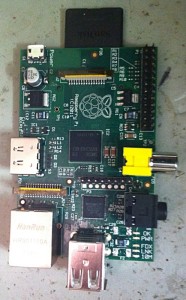
If you don’t know where the Polyfuses are located, you probably should be doing a bit more research before performing this mod, but otherwise, here is a close up of the board with the Polyfuses removed.
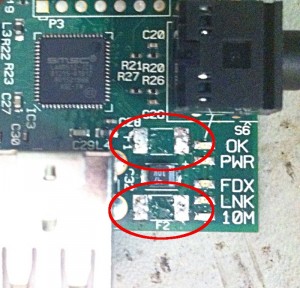
Now take two pieces of hookup wire (Red and Black is recommended!), and run them from the USB header to the DC Input of the board.
Here are some close-ups of where they go.
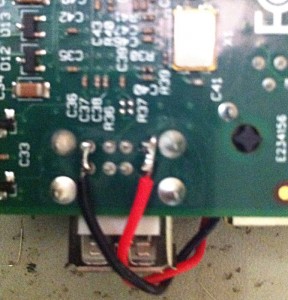
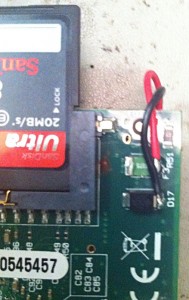
If everything has gone well, you should end up with a board looking like this.
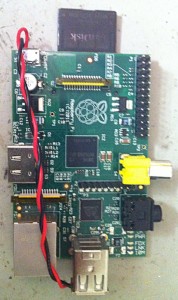
Your USB Ports are now unrestricted (within reason) with regards to their maximum current draw.


I’ve been experimenting with R-Pi power and running a external HDD. Like you I fed power directly to the USB connector from a 5V 2A supply. Adding a capacitor to the board gratly improved the stability. I’ve got some photos onmy blog.
Hello,
This is another way to feed USB on Raspberry Pi. Thanks John.
I also modified the Pi by place a 3300uF parallel to 220uF on DC in of Pi. And off-course, I removed the polyfuses but replace it with a SHORT wire.
Everything works fine. I use 1 tenda USB wireless W311U+ and 1 Logitech C110 for streaming webcam.